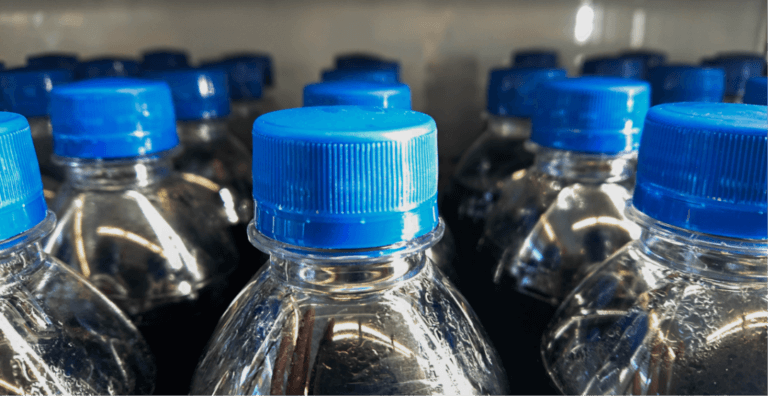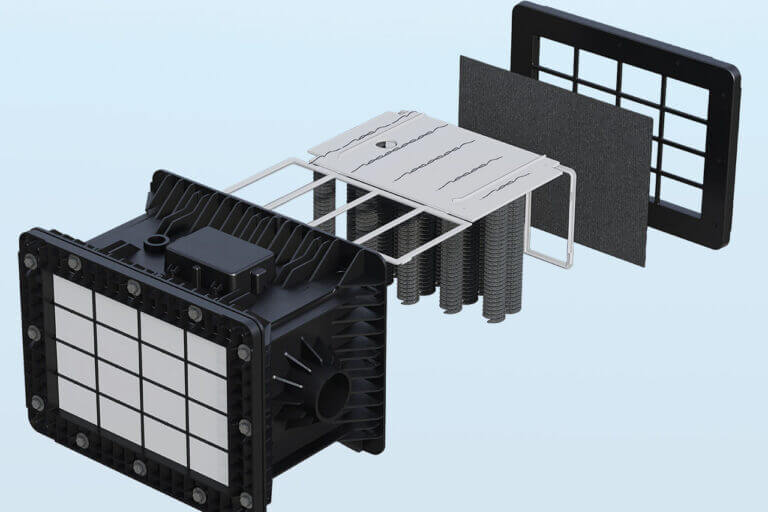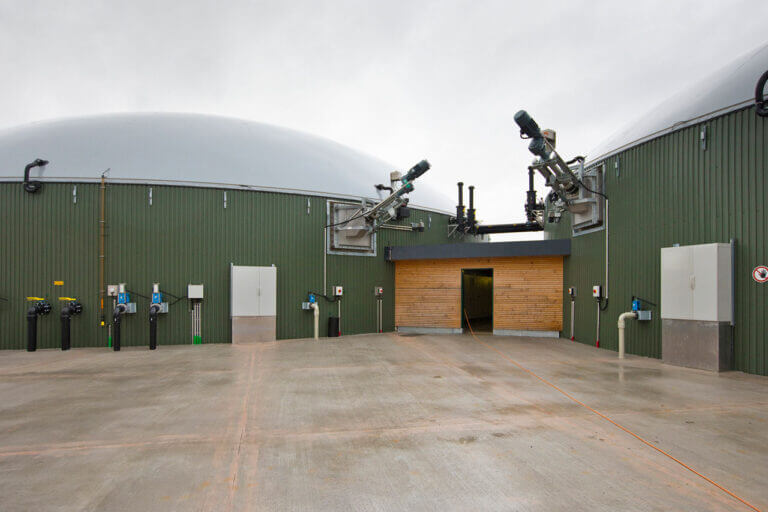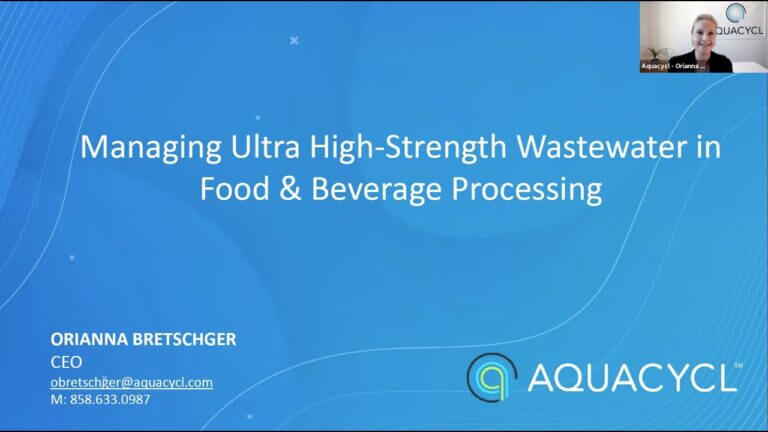The cost of building an onsite wastewater treatment system for your company, rather than relying on offsite wastewater treatment options, often runs in the millions of dollars. This includes the capital costs needed to design and install the system plus the equipment and personnel to operate the process. Even retrofitting an existing facility to meet the wastewater treatment needs can be expensive. In addition, since such facilities typically have a fixed capacity, companies must build for the maximum (not the average) wastewater load. This usually leads to excess (unused) capacity in all but the busiest seasons.
The “traditional” way of treating wastewater is to process all the wastewater at the same time. This means that all flows are mixed together and treated in aerobic or anaerobic systems. This results in designing a system for a much larger flow than is actually needed most of the time.
After the facility is built, ongoing costs include people to operate the facility, training for those people, the chemicals to treat the wastewater and energy to run the facility. In some cases, extra money is needed to manage the sludge or streams that can’t be treated. When you consider that wastewater isn’t the core business for virtually all companies, it can be difficult to justify this expense.
While proper wastewater removal or treatment is necessary to avoid fines for noncompliance and negative publicity, among other issues, is using all of this money, time and human resources for something that is outside of your core business really worth it?
The risks of reducing wastewater management costs
It’s understandably tempting to avoid the costs associated with onsite wastewater treatment at a manufacturing facility by relying on offsite treatment, freeing up additional funds for things like process improvement, purchasing new manufacturing equipment, or hiring and training employees. However, there are some substantial risks that go along with such cost-saving or diverting measures. For example, if you opt for the lowest estimate for your wastewater treatment facility, you may experience construction delays, quality issues and/or project cost overruns.
You may also end up with a system that doesn’t work as efficiently as it was supposed to work and risk future production shutdowns or limitations that go hand-in-hand with that. Of course, all of these situations come with the potential for public missteps and penalties for non-compliance if the new facility fails to meet EPA permit discharge standards.
Aquacycl – a new approach to wastewater treatment technology
High construction costs as well as other unexpected costs associated with traditional onsite wastewater management can quickly erode a company’s profits. Fortunately, new wastewater treatment technology is working at bringing down costs and eliminating many of the traditional risk factors associated with wastewater treatment.
With Aquacycl, companies don’t have to design and build a large fixed capital project to accommodate the entire wastewater flow. They can save money by only treating the high-strength streams and minimally treating the lower concentration streams. This means that they need less space and smaller treatment systems. Instead of building a treatment for maximum possible capacity, you can now build for your current wastewater flow and scale later when needed.
Personnel requirements are also reduced when companies use Aquacycl. Although a company will likely still require an engineering expert to place and set up the system with the company’s existing equipment, no extra labor is needed to operate the system. The systems are monitored and controlled remotely.
Aquacycl also allows companies to save money on chemicals and energy. The process requires less chemicals than traditional anaerobic systems, and far less energy than aerobic systems.
We use a system that speeds treatment time and can occupy as small an area as a standard shipping container. The treatment process happens inside the container where hundreds of microbial fuel cells, each around the size of an automobile battery, use natural, locally-sourced bacteria to remove contaminants in the wastewater. This process can easily be adjusted up or down to match the volume of wastewater that needs to be processed.
Sustainable wastewater treatment is an important aspect of most new processing technology. Aquacycl provides energy-neutral industrial pretreatment as a service, and can reduce greenhouse gases from wastewater treatment by up to 90%, while working to improve corporate water stewardship and improve access to clean water.
For companies that have already invested in onsite wastewater treatment, they don’t need to replace it. Using Aquacycl as pretreatment, we make existing system operate more efficiently. For anaerobic treatment, our system normalizes the feedstock and increases Volatile Fatty Acids (or VFA), leading to 20%-30% higher biogas production. For aerobic treatment, we break down complex carbons, meaning much lower energy requirements downstream.
Saving money on wastewater treatment with Aquacycl
Aquacycl is a leader in developing modular technology that treats process wastewater at the source, before the water even goes down the drain. From an operational point of view, Aquacycl guarantees permit compliance for wastewater discharge at a cost that’s between 20 to 60 percent lower than alternative technologies for wastewater treatment. Our process doesn’t require a lot of labor, time or energy from the client company, making it possible for companies to reduce wastewater management labor costs. Other benefits include the flexibility to adapt to changing business conditions and no risk. We offer a risk-free service with performance guarantees that deliver permit compliance.
We invite you to see how the Aquacycl wastewater removal system can save you money while delivering the end result you need to satisfy compliance agencies, the public and your quality control measures. To learn more about our unique and affordable bioelectrochemical treatment technology, contact us today!











